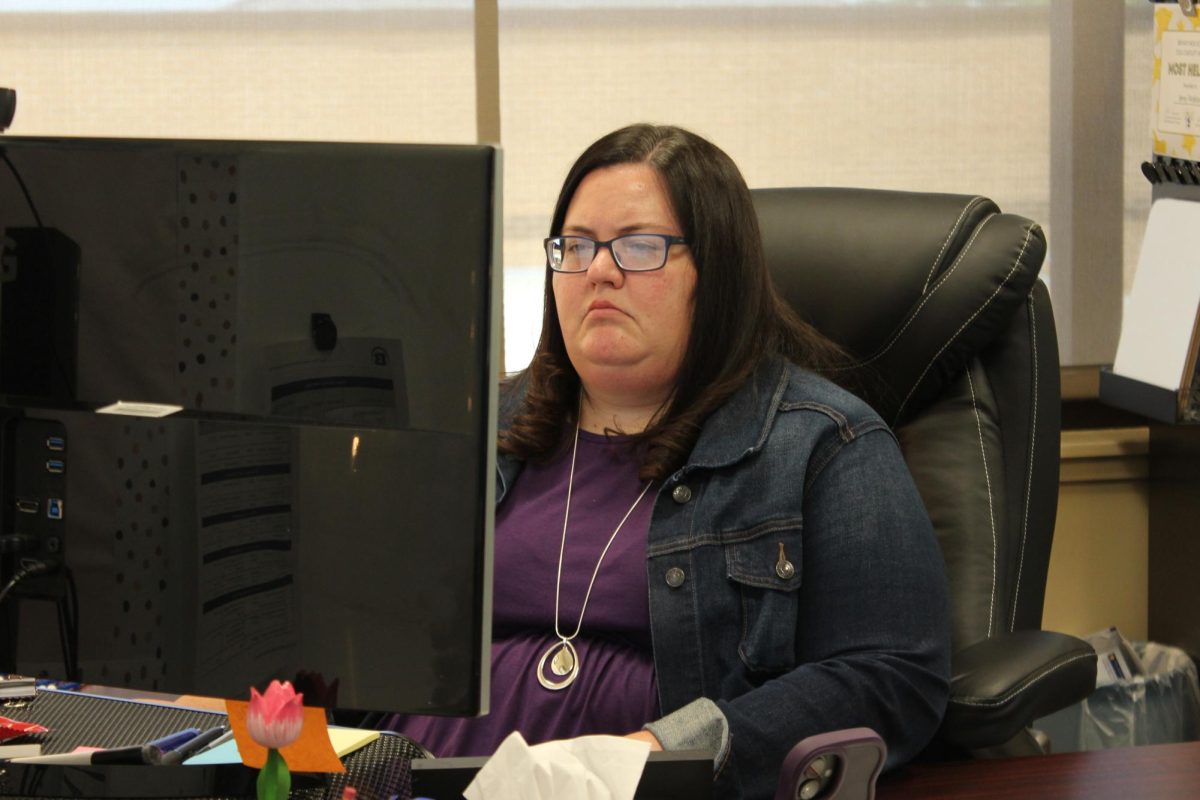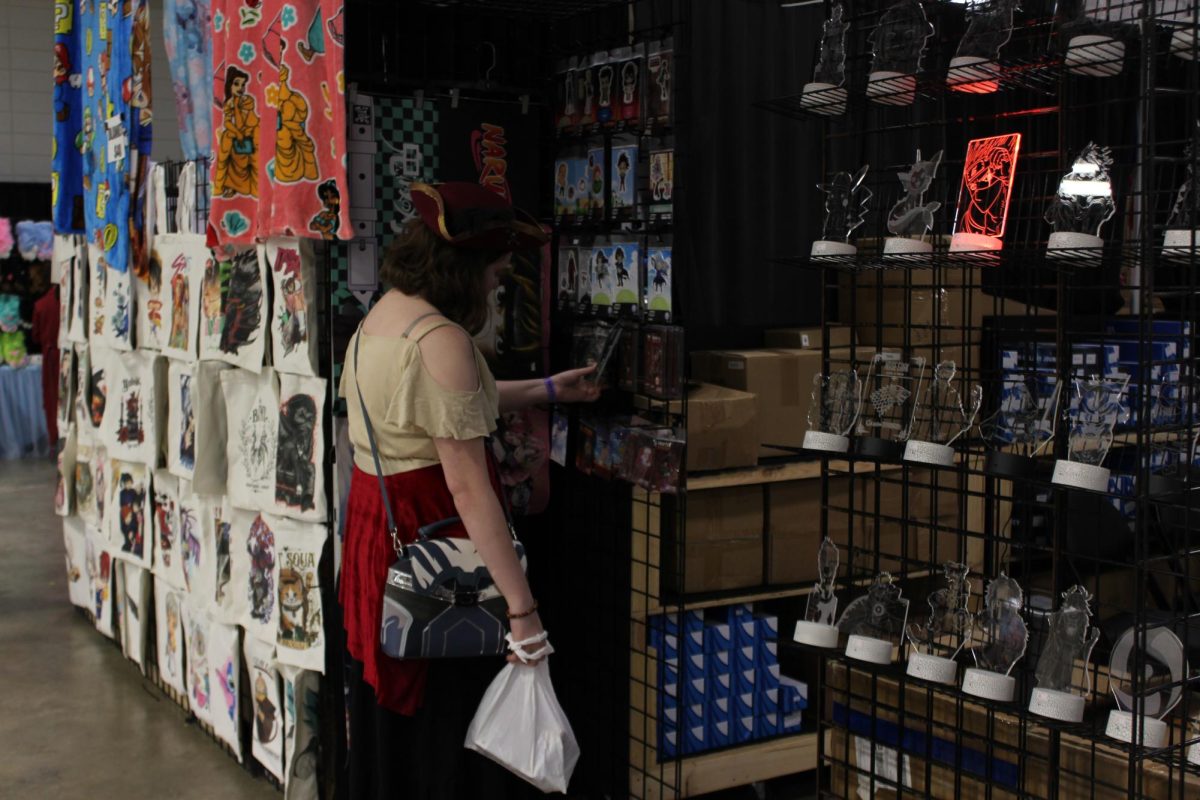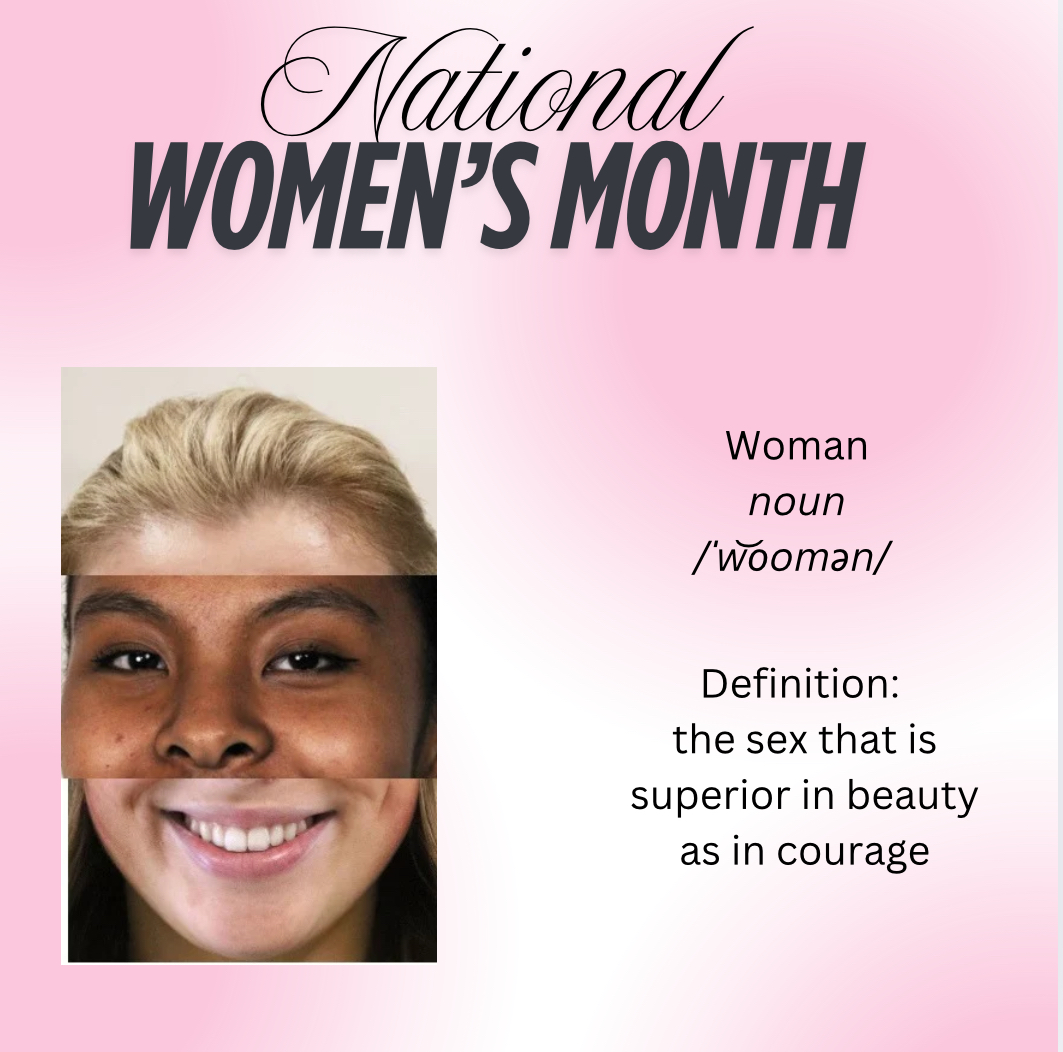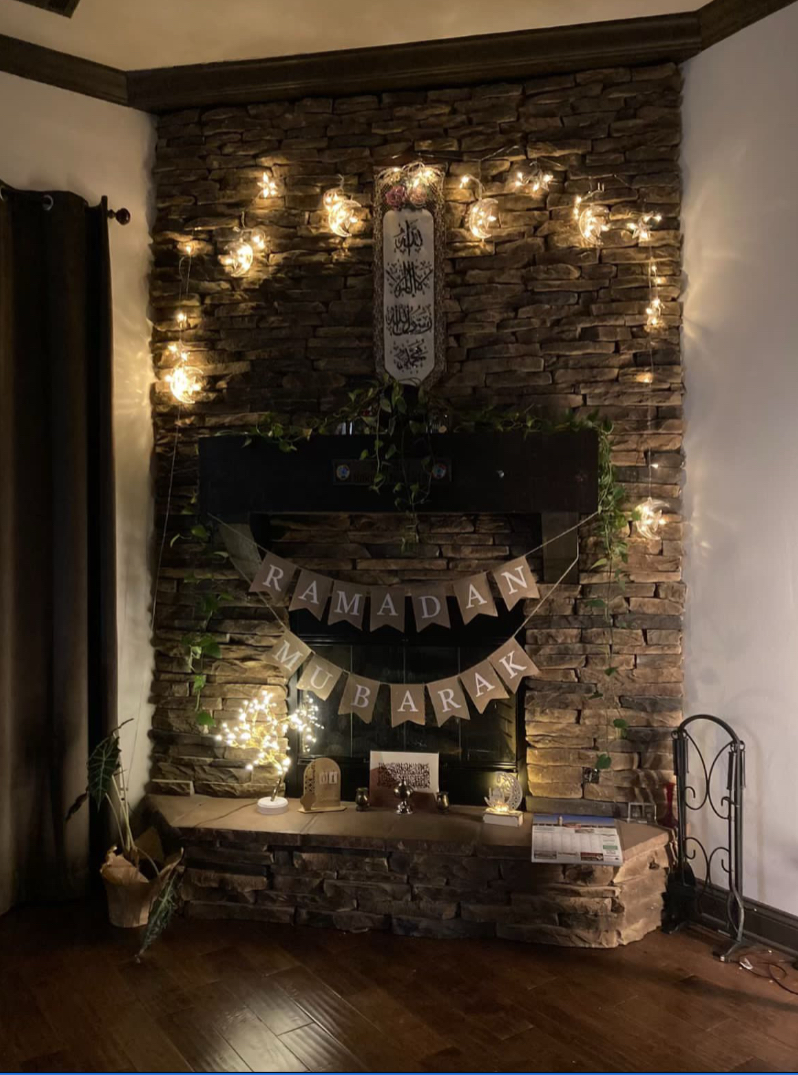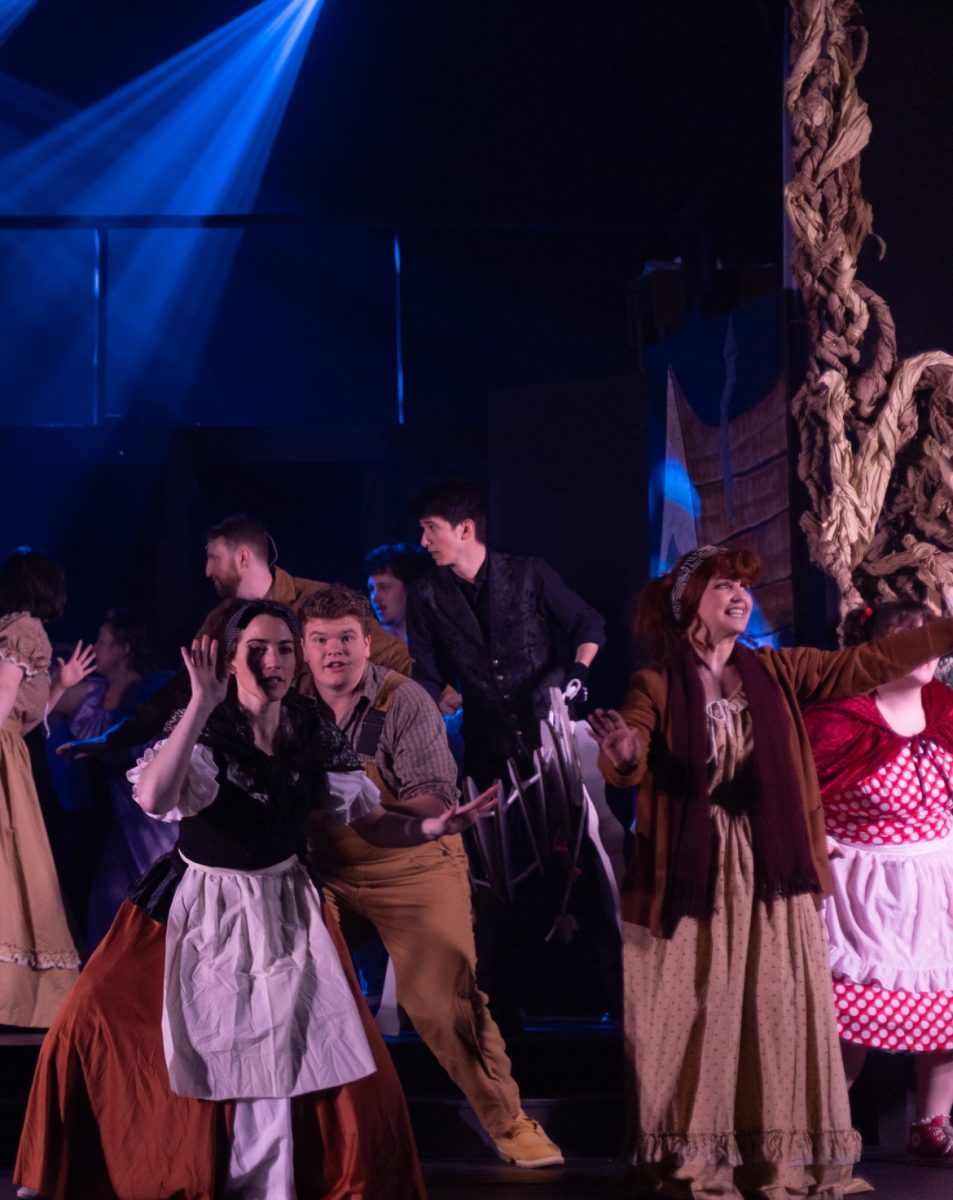
When students look at her, they see a teacher, a mentor, someone they could look up to that can encourage them to reach the full potential of their artwork.
Stacie Hart, a 3D design and pottery teacher, began teaching art classes 15 years ago at Texas High School in Texarkana. She then moved here after her first year at Texas.
“It was different from the old Bryant over there, because they had the ninth grade Academy and some of my classes had even 40 students at once,” Hart said.
Hart taught Art 1, painting, and drawing for her first 10 years, but then moved to pottery and 3-dimensional courses.
“I really enjoyed that [teaching art 1, painting and drawing], but there’s something about pottery that’s more relaxing. It’s sometimes easier to take a piece that you want to do and make a 3-dimensional than actually draw it,” Hart said. “When you’re drawing you’re trying to make it look just like reality or a photograph, but in pottery or ceramics you’re trying to get that emotion or the feeling of an idea, rather than just copying something.”
Hart believes that even if she went blind, she could still work on the potter’s wheel because she can feel if some part of the piece is off, just by touching the clay.
“I like the idea that you can take your frustrations out on the clay, and no one will even know if you’re upset because you’ll be beating, hitting or rolling the clay,” Hart said.
Hart first started learning how to draw in sixth grade and began doing ceramics in her ninth year.
“I had a teacher named Peggy Whately and every time she taught us a new technique or skill, it always made sense,” Hart said. “From then on it all started coming together, so I knew then that I wanted to do some form of art in the future.”
She attended Henderson State in Arkadelphia for five years, her major Bachelor in Science and Education and minor in ceramics. The extra year was when she studied the formulas and scientific aspect of ceramics.
“I never really put art and education together, even though I was first inspired by an art teacher, until my second year of college,” Hart said. “It just kind of hit me one day. I liked art, and I had always wanted to be a teacher, and then the two just came together.”
No matter if she’s just driving, shopping or even looking at a magazine, Hart constantly thinks about how she can apply what she sees to her art.
“I’m always wondering on how I can put an element, whether it be nature, depression, sadness, happiness or love in my artwork.”
Hart has a personal studio at her home, filled with every part of art that she loves inside, even scrapbooking.
“It’s not typical scrapbooking though I take multiple prints of hundreds of different photos, cut them out individually and collage them together,” Hart said. “Each page has a story, all of the pieces are interacting with each other.”
Art is a way for people to let out their emotions on an idea, a feeling or even a struggle that the artist had faced. When Hart was 27, her father committed suicide. Art was Hart’s way to handle the emotions that came with the experience of her father’s death.
“Since dad died, I always had this yellow butterfly around me, and I feel like it’s him fluttering around, bugging me and say hi, so a lot of my artwork has the butterfly concept in it,” Hart said. “When you have someone that commits suicide you have a lot of emotions to handle. You go through grief, anger, love and sadness, so I guess I’ve experienced all of those and a lot of my artwork show that kind of variation of moods and emotions.”
Hart is an artist who learned through the observation of teachers and textbooks, and wants to allow her students to do the same.
“I wouldn’t have the motivation that I do for art now, if it weren’t for those teachers. I wanted to take someone that didn’t know a lot about art, and experience the same things I did, just so they know that you can actually learn this stuff, if they have the patience,” Hart said.
For Hart, the best part is the pure enjoyment of being able to work with the art, being able to inspire someone and making students aware that art can be fun. That the best form of complimentary is when people want to mimic their art style.
“To me, art is just plain fun. A lot of artists have deep meaning and emotion in their heart, which they can release through their artwork,” Hart said. “We want our art to mean something to someone, but it’s really just pure enjoyment. Not for only others to judge, but that it can be simply and strictly for the artist.”


